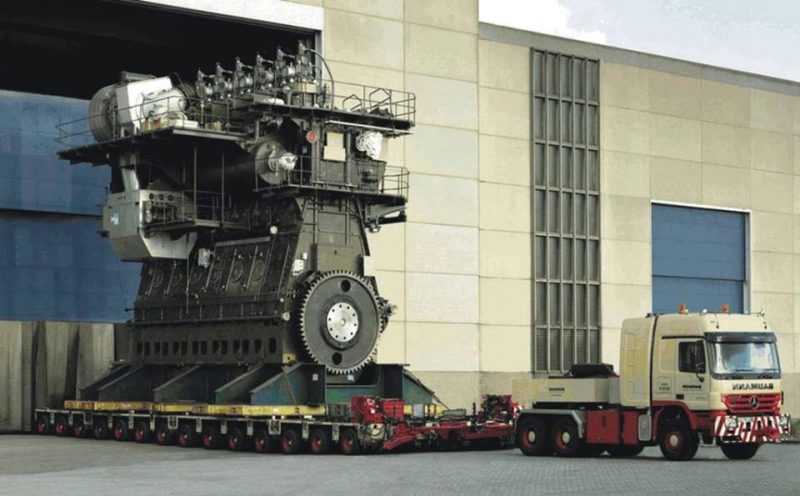Reaching a new milestone in technology has always been one of the ways to define the progress of human civilization. In that sense, it is no wonder why constructing a ship the likes of the RMS Titanic was such a big deal at the beginning of the 20th century. When the Titanic hit the iceberg and sank to the bottom of the ocean floor, something else went down as well: a human dream.
Officially, the building of the Titanic was commissioned on April 30, 1907. But the building effort would not start until the spring of 1909, when her keel was settled in the Harland and Wolff shipyard in Belfast. It would take the hard work of some 3,000 men to get the work done and accomplish the ship construction in the time frame of two years. What those 3,000 men did was build the largest movable object on the planet created by men.
Now imagine what the Titanic resembled in terms of technology. Each of its engines would be as big as a three-story house. The vessel itself weighed an astonishing 66,000 tons and its length would match as many as four regular city blocks. From the bridge to the keel, her height would equal the height of a 10-story building. And it was a costly project too, reaching a total of approximately $7.5 million by 1912 when it was fully completed (which would be rough $400 million today).
The creators of the RMS Titanic employed the latest nautical technology available at that time, and it’s part of the reason why this ship was overwhelmed with all sort of superlatives. As Titanic-Whitestarships.com writes “she was fitted with a Parson’s low pressure turbine engine as well as tipple expansion reciprocating steam engines.”
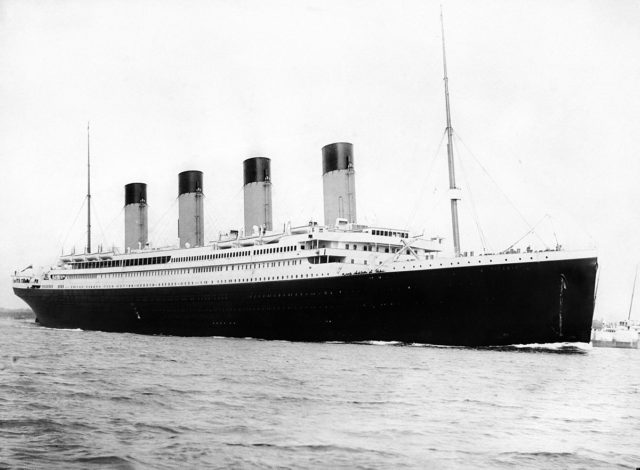
The design of Titanic was such that it aimed to produce more power without employment of any additional sources of energy. Her turbine engine would set in motion the propeller found in the ship’s center and it would run at 165 rpm, generating 16,000 horsepower.
The two reciprocating engines both managed one 3-bladed wing propeller that was 23.5 feet in diameter. The first of these two wing propellers was placed on the ship’s port side, and the second on the ship’s starboard side. The reciprocating engines had the capability to achieve 15,000 horsepower to move these two propellers. The entire machinery allowed the ship of dreams a maximum speed of 23-24 knots.
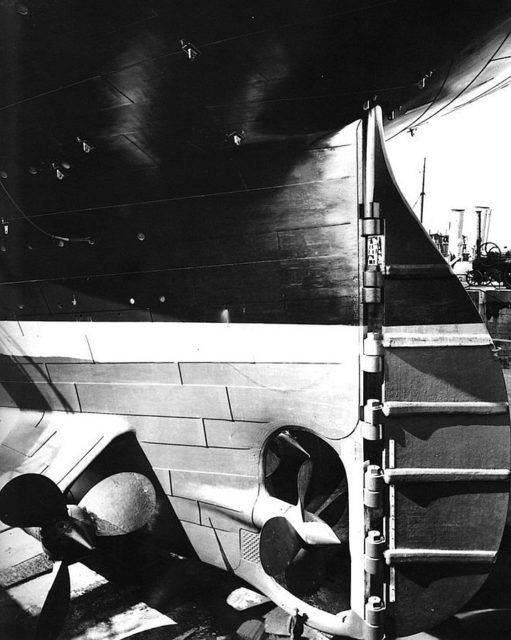
A century after the Titanic, in a highly digitalized world, humanity is still much dependent on shipping. It is a big and lucrative business, today employing 1,300-foot-long vessels that weight three times more than the Titanic to get the business done. Such cargo ships can carry many massive shipping containers while retaining a velocity of 31 knots, way more than the velocity of the Titanic.
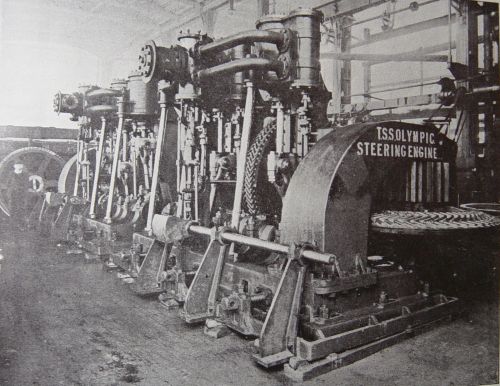
What allowed people in the shipping industry to use this extra great push in speed while sailing the world’s oceans was the introduction of the largest of all diesel engines. Which brings us to Wärtsilä-Sulzer RTA96-C, a beast of an engine that was created in Finland and which can achieve 109,000 horsepower. This indeed made for the world’s largest engine and was first used for the Danish container ship Emma Mærsk. When Emma Mærsk sailed the seas for the first time in 2006, she also counted as the largest ship of its type on the planet.
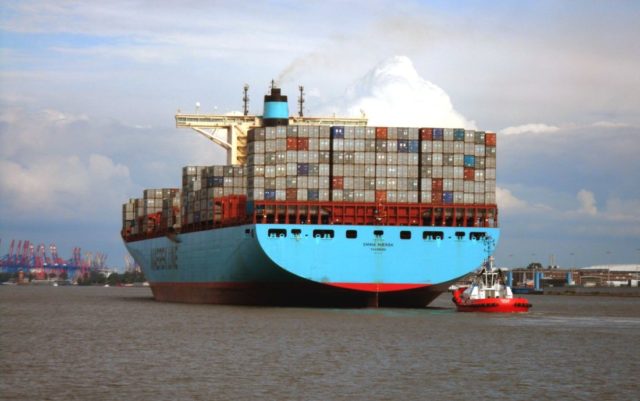
For far too many reasons, the 109,000-horsepower Wärtsilä-Sulzer RTA96-C outranks the engines used in Titanic. The weight of this engine is a fantastic 2,300 tons, while its height of 44 feet would match a building four stories high. In length, the monster engine extends some 90 feet.
There are 14 cylinders in total that occupy the space inside of the Wärtsilä-Sulzer RTA96-C. Each of these cylinders spends some 6.5 ounces of diesel fuel each cycle. With such powerful engines, ships like Emma Mærsk are able to complete shipments from China to California much faster than the majority of their competitors, hence the demand.
Related story from us: The iconic photo of Titanic’s Grand Staircase is actually of another ship
There are dozens more vessels on the world’s oceans today that have the same engine as Emma Mærsk, and plenty more are planned to be introduced to service. Only time will tell how we develop our engines over the next hundred years and what velocity they manage to achieve.
